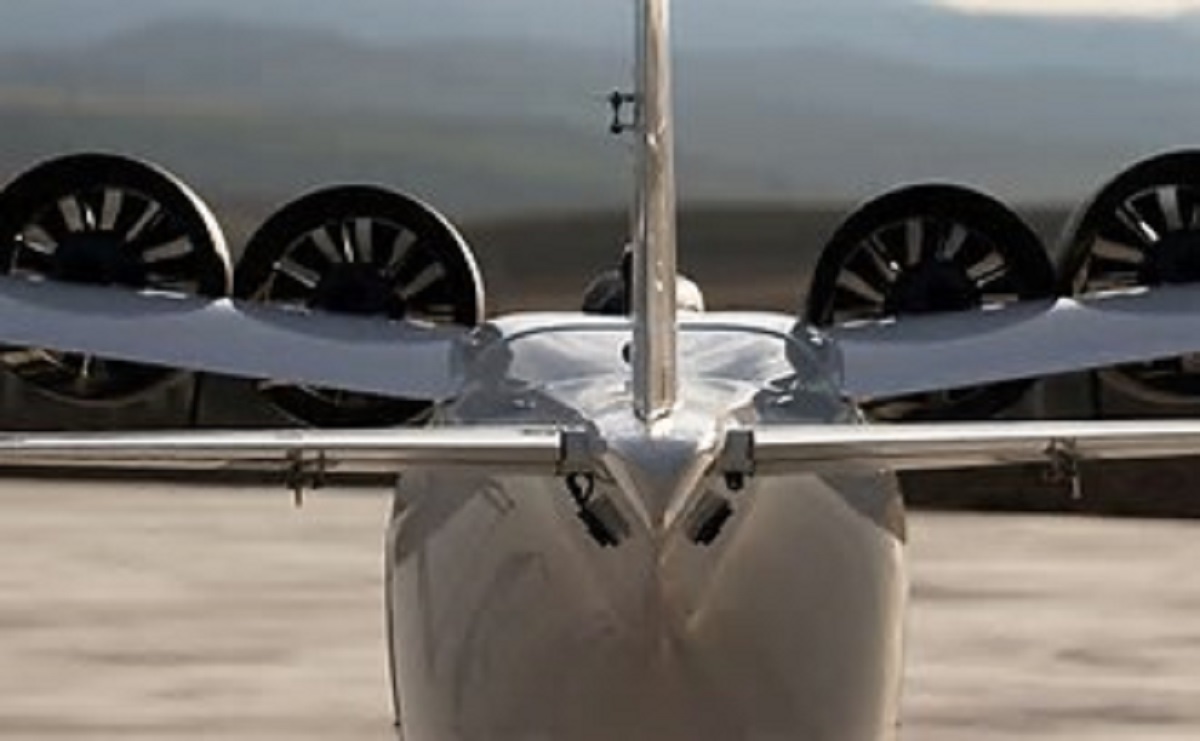New Drone Completes First Missile Firing in Key Unmanned Air Combat Milestone
A new versatile drone system capable of multiple types of combat mission over land, sea and air has completed a highly successful first trial firing of a Thales Lightweight Multirole Missile (LMM) to bring the potential of unmanned air combat a step closer to reality.
The JACKAL drone capability has been designed and developed by experts from UK-based Flyby Technology, with Turkish partners FlyBVLOS Technology and Maxwell Innovations providing design engineering and prototyping expertise, to fill a recently discovered gap in modern combat operations, a Thales UK statement said April 17.
As a Vertical Take Off and Landing (VTOL) platform, JACKAL is designed to satisfy a number of roles, including Battlefield Air Interdiction, Close Air Support, engaging helicopters in flight and killing tanks, to denying the use of runways and roads.
The trial – sponsored by the Rapid Capabilities Office (RCO) of the Royal Air Force – involved teams from Flyby and the technology giant Thales which also manufactures the LMM.
Within a demanding six-week window, they were able to build two operational JACKAL aircraft and successfully fire two LMMs in an impressive demonstration of agile teamwork.
As a plug-and-play system, new equipment and technologies can be incorporated into JACKAL between missions as well as during continued development. The company says this novel streamlined procurement process ensures that future aircraft are not obsolete before they go into service and will remain relevant for longer. It also gives a pathway to future regulatory compliance and airworthiness standards.
Flyby Technology CEO Jon Parker is a former RAF and Royal Navy fighter pilot and he and his team have brought many years of operational experience to bear in the design of the capability.
The company says many nations cannot afford attack helicopters or access fast jets that are modern enough to survive today’s battlefield. JACKAL can give them the same effect with little risk at a fraction of the price. Because the aircraft was born from the ideas of Harrier pilots, the aircraft takes off and lands vertically, another advantage over traditional fighter jets as there is no need for vulnerable runways. It also means that JACKAL can operate from hidden locations such as woods and urban built-up areas, a unique selling point for JACKAL.
Following the invasion of Ukraine, Flyby Technology was asked to brief the RAF’s Rapid Capabilities Office (RCO) on their new drone system.
The Flyby team also contacted Thales in Belfast – where the LMM is designed and manufactured – to explore the possibility of firing it from JACKAL in a trial.
The Thales team accepted the opportunity to work with Flyby to be the first to fire their LMM (also known as Martlet in the Royal Navy) from a drone in flight. Flyby Technology planned and built two operational aircraft from scratch and fired two LMMs in the demanding timescale of six weeks.
Firing a sophisticated missile is not an easy task under the best of conditions and then only with meticulous planning taking many months. JACKAL then being an unproven, experimental aircraft, just added to the complexity of the challenge says the company.
The Belfast team rose to the challenge magnificently and just six weeks after getting the call, the combined teams successfully fired two LMMs proving that JACKAL had arrived as a devastating combat capability able to fire modern battlefield weapons in flight. –th/adj/mgm (Pix: Thales)


